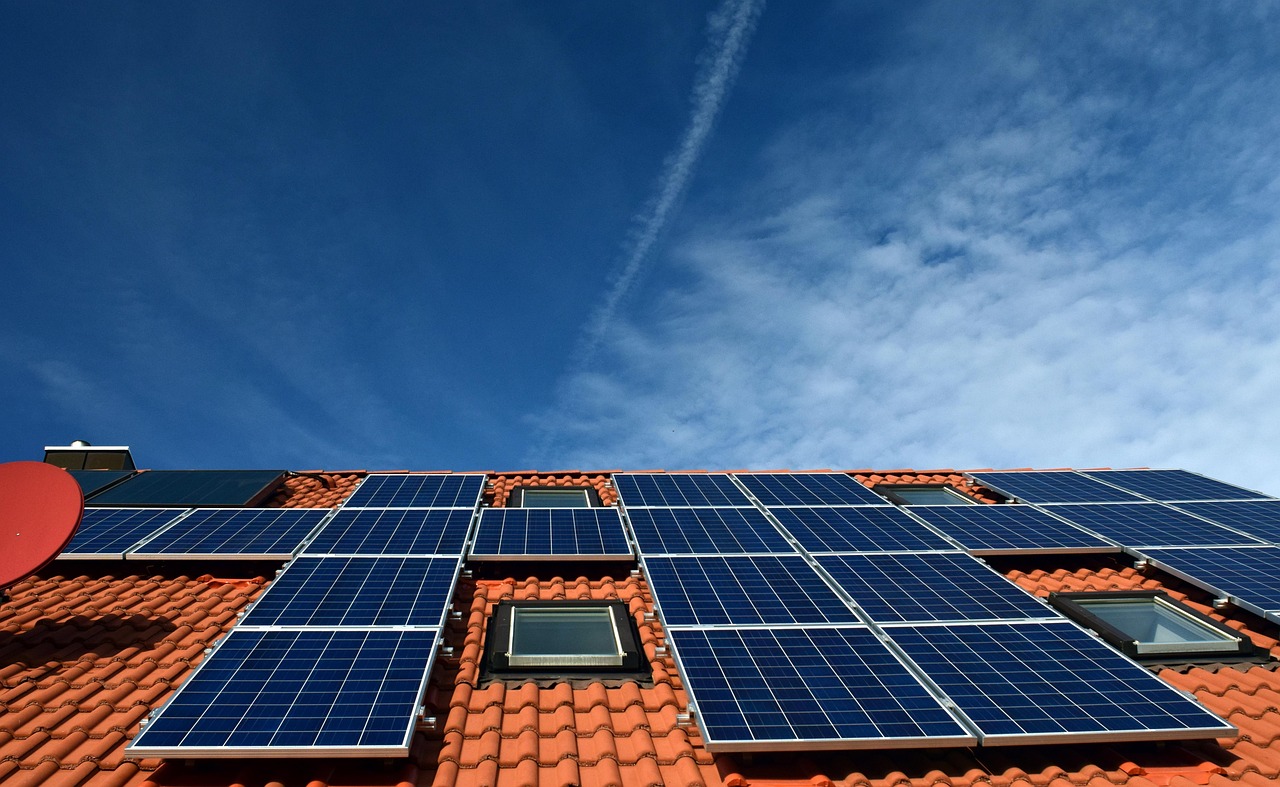Solar powered glass is a type of building material that integrates photovoltaic cells into glass surfaces, allowing windows and facades to generate electricity while maintaining transparency. It transforms ordinary glass into a functional power source, making it possible to harness solar energy without compromising the design or natural light of a building. This technology offers a practical way to combine renewable energy generation with modern architecture.
Unlike traditional solar panels, solar powered glass can be transparent or semi-transparent, fitting seamlessly into windows, skylights, and building exteriors. This allows for energy production directly from sunlight while supporting sustainable living and reducing electricity costs. Its adaptability makes it an appealing option for both commercial and residential buildings looking to incorporate clean energy efficiently.
Understanding Solar Powered Glass
The Solar powered glass combines transparency with energy generation, integrating solar cells directly into glass surfaces. This technology offers a dual function: it allows light to pass through while converting sunlight into electricity. It is applicable in windows, façades, and other architectural elements.
What Is Solar Powered Glass?
Solar powered glass is a type of glass embedded with photovoltaic (PV) cells. Unlike conventional glass, which acts solely as a barrier, solar powered glass captures sunlight and transforms it into electrical energy.
The PV cells are encapsulated between layers of glass to protect them and maintain structural integrity. This embedded design allows solar powered glass to serve as both a functional building material and a power source.
This glass technology supports sustainability efforts by reducing reliance on external energy sources without compromising aesthetics or natural lighting.
How Solar Powered Glass Works
Solar powered glass functions by converting sunlight into electricity through photovoltaic cells embedded within it.
When sunlight hits these cells, photons excite electrons, generating an electric current. This electricity can then be harnessed for building energy needs.
Materials used in the cells include crystalline silicon, amorphous silicon, or thin-film technologies, depending on efficiency and transparency requirements.
The glass layers protect these cells and enable the material to be durable and weather resistant. This integration into building elements maximizes space efficiency by turning windows and façades into energy generators.
Types of Solar Powered Glass
There are several types of solar powered glass, mainly distinguished by the photovoltaic technology used and their transparency level:
- Crystalline Silicon PV Glass: Offers higher efficiency but typically less transparency.
- Amorphous Silicon PV Glass: More flexible and offers moderate transparency, suitable for varied applications.
- Thin-Film PV Glass: Uses materials like cadmium telluride or copper indium gallium selenide; it balances efficiency with aesthetics and translucency.
These types can be customized based on power needs, design preferences, and installation environments. Some variants allow for nearly transparent or semi-transparent finishes, supporting architectural integration.
Applications and Benefits
Solar powered glass serves as a functional building material that generates electricity while maintaining transparency and aesthetics. It enhances energy efficiency in structures and offers versatile design options for architects and builders.
Architectural and Building Uses
Solar powered glass is commonly used in windows, facades, skylights, and roofs. It integrates photovoltaic cells within the glass, enabling it to generate electricity from sunlight without obstructing views or natural light.
This technology allows entire building exteriors to function as power generators, contributing to onsite renewable energy production. It is suitable for commercial buildings, greenhouses, and residential projects, providing a dual purpose of construction material and energy source.
Besides energy generation, solar glass also helps reduce the building’s carbon footprint. Its application in architectural elements helps meet green building standards and supports sustainability goals.
Energy Efficiency and Sustainability
By converting sunlight into electricity, solar powered glass reduces reliance on traditional energy sources. It improves overall energy efficiency by supplying clean power directly to the building.
Additionally, solar glass enhances insulation properties, which helps regulate indoor temperatures. This can lower heating and cooling costs significantly.
Many governments provide incentives for incorporating solar glass, which can offset installation expenses. Its long lifespan and low maintenance contribute to sustainable energy solutions over time, promoting eco-friendly construction.
Design Flexibility
Solar powered glass offers a range of transparency levels—from fully transparent to semi-transparent—allowing architects to balance aesthetics and functionality. This enables creative integration without compromising natural lighting.
The glass can be customized in size, shape, and finish, fitting various architectural styles and applications. It preserves the building’s visual appeal while generating power invisibly.
Its lightweight nature compared to traditional solar panels makes it easier to install and integrate into existing structures. This versatility supports innovative design while contributing to energy generation goals.



